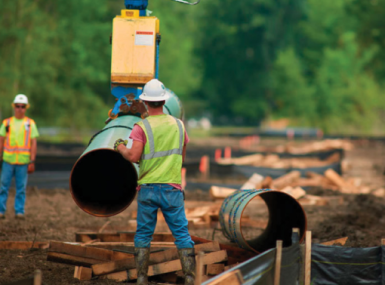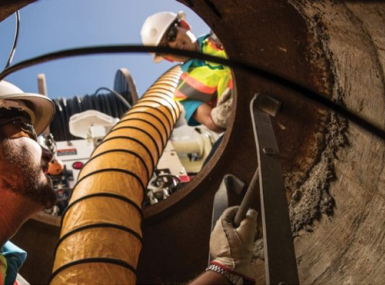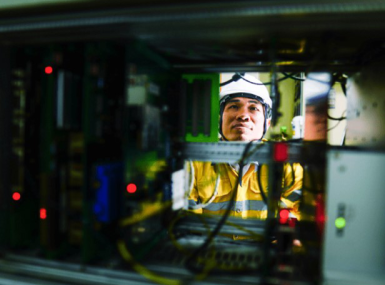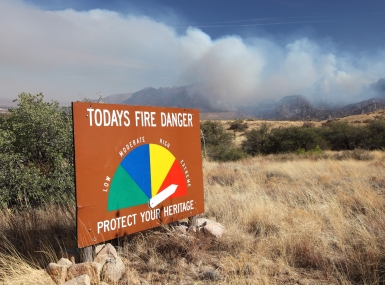Pima County leans into innovation to enhance sustainability
Upcoming Events
Related News
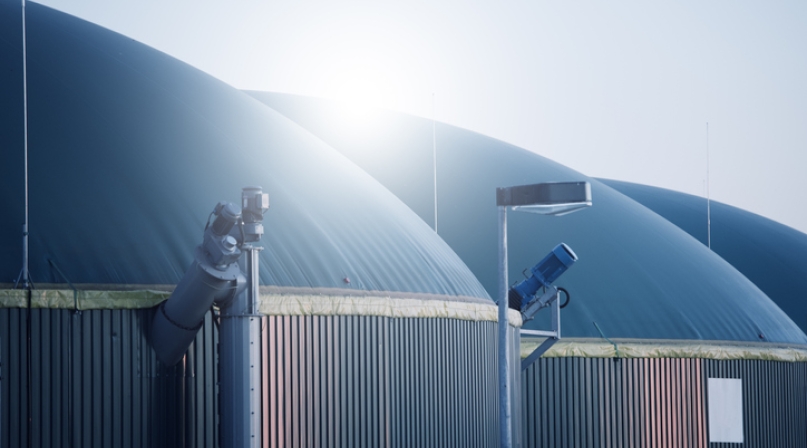
From our partnersThis blog post is sponsored by NACo partner American Gas Association. Unlock the potential of wastewater facilities: Transform waste into clean, renewable energy and contribute to your county's sustainability goals. |
Most people would consider sewage sludge an unlikely source of clean energy. However, with new federal dollars available to counties under the Inflation Reduction Act’s energy investment tax credit (ITC), wastewater could become a key tool in helping localities achieve their sustainability goals. According to the most recent U.S. Environmental Protection Agency Greenhouse Gas Inventory, landfills and waste treatment/discharge account for nearly twenty percent of methane emissions nationally. Given the climate impact of methane, capturing these emissions and harnessing them as renewable natural gas (RNG) to cook meals and heat homes can help counties meet their sustainability goals affordably. Importantly, counties can elect for direct payment in lieu of the ITC for certain energy projects such as wastewater to RNG.
Currently, there are 279 operational RNG facilities and a further 460 facilities under construction or planned. Of those operational facilities, 30 are wastewater facilities with 18 more under construction or planned. Yet, there are 15,000 publicly owned wastewater treatment facilities nationally which highlights the tremendous opportunity made available by the Inflation Reduction Act of 2022 (IRA). Increasingly, counties are looking to leverage their wastewater facilities as climate solutions by installing anerobic digesters turning sewage sludge into RNG. A recent study found that a single wastewater project creates a total of 268 construction jobs and an additional 18 operation and maintenance jobs.
In Pima County, Arizona county officials worked with the local utility Southwest Gas to turn this pipedream into reality. The Pima County Regional Wastewater Reclamation Department has been operating the Tres Rio Renewable Gas Center since October 2021, turning waste into renewable energy. The facility was the first of its kind in Arizona and has been sending 550-600 standard cubic feet per minute, or 440 MMBtu/day, of RNG into the Southwest Gas pipeline.
Previously, the biogas—a byproduct of the secondary wastewater treatment process—would have been flared off into the atmosphere. The process now recovers up to 99.5 percent of the biogas, and by upgrading and purifying the raw biogas into RNG it can be utilized as a clean burning, low-carbon fuel that is estimated to emit 95 percent less carbon emissions than processes that produce diesel and gasoline. In terms of greenhouse gas emissions, Tres Rios' impact is equivalent to removing 2,500 vehicles from the road or generating energy for 5,500 homes, bringing significant benefits to the environment and complementing Pima County's ongoing efforts to preserve unique desert environments and reach carbon reduction emissions goals by 2030.
Experts estimate that RNG production capacity will grow by 50 percent or more by 2024 with the passing of the IRA and the growth in new projects. Investing in waste recovery is one of many ways America’s natural gas utilities are committed to working with counties to achieve their sustainability goals by advancing local sources of affordable, clean energy.
Post Sponsor

Related News

U.S. Department of Agriculture unveils $700 million for regenerative agriculture
On December 10, U.S. Secretary of Agriculture Brooke Rollins announced the launch of a $700 million pilot program to support regenerative agriculture practices across the country.

County Countdown – Dec. 1, 2025
Every other week, NACo's County Countdown reviews top federal policy advocacy items with an eye towards counties and the intergovernmental partnership.
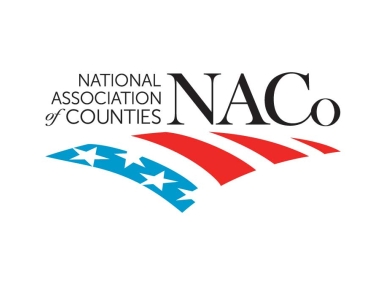
Counties Celebrate Key Permitting Inclusions in SPEED Act
NACo issued the following statement in response to the passage of the Standardizing Permitting and Expediting Economic Development (SPEED) Act (H.R. 4776), which advanced out of the U.S. House Committee on Natural Resources on November 20.










